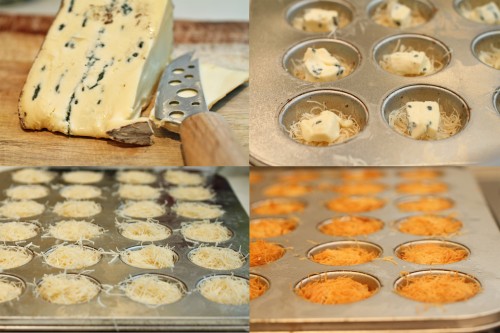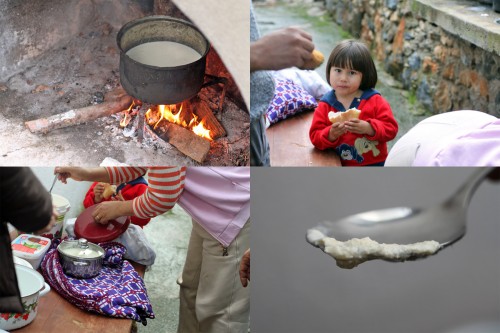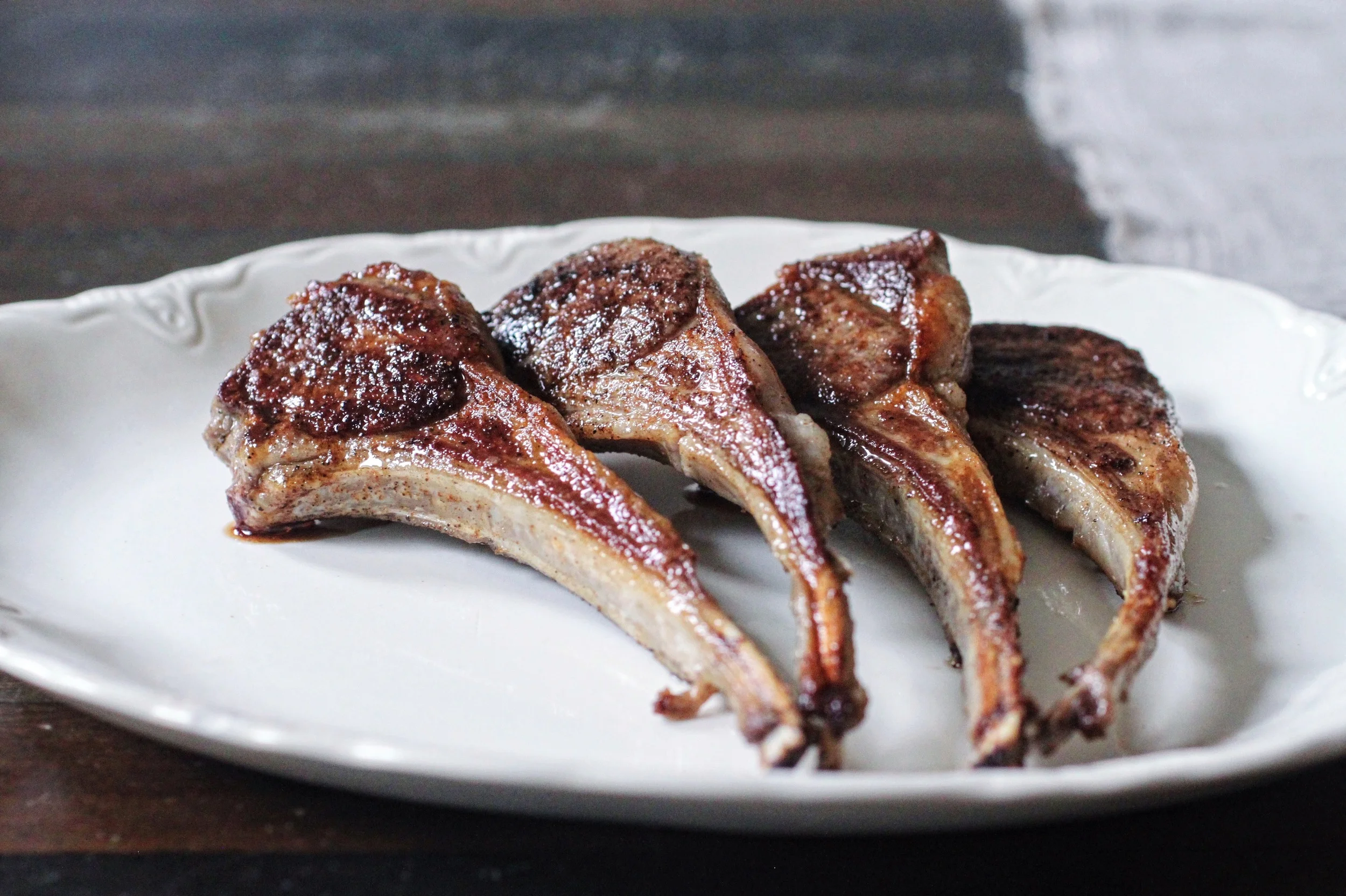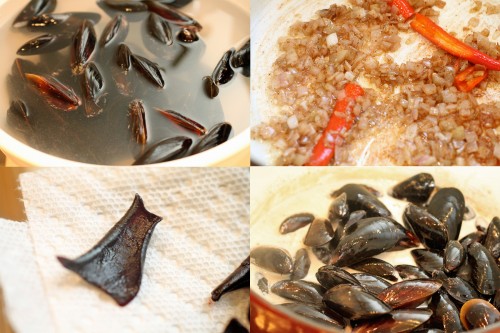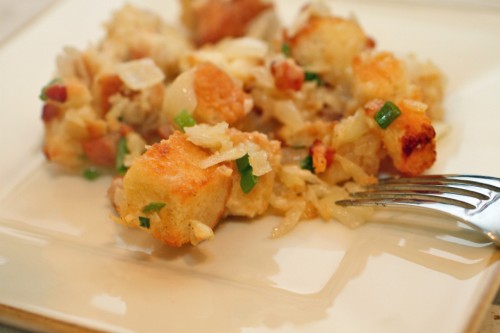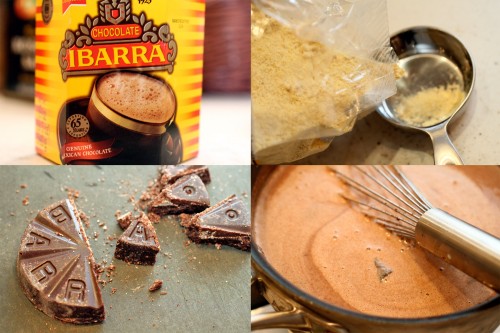Savoury Blue Cheese Kunefe
This dessert I had in Turkey called kunefe has been haunting me. Shredded phyllo (think shredded wheat texture) layered with soft cheese, melted in the center, soaked in a sugary-sweet syrup and topped with crushed pistachios. It was insane – crunchy, creamy, sweet, nutty – and you could literally only have a small bite before immediately falling into a food coma of sorts.
Kunefe is also called kanafeh or kunafah and is found in many different cultures including Egyptian and Israeli. I couldn’t help thinking how incredible this tradition would be in a more savoury form, something small that could work as a fun hors d’oeuvres. Replace the soft, sweet cheese for a lovely blue, leave out the sugar syrup and drizzle instead with a touch of balsamic and honey – bite-sized deliciousness!
The “dough” that’s used here is called kadaif, kadayif or shredded phyllo and resembles vermicelli. Most Middle Eastern grocers carry it in the frozen section, near the regular phyllo. It’s incredibly versatile and is lovely wrapped around jumbo shrimp or even layered on top of a casserole for crunch. Here, I combine it with a bit of butter and cream, press it into a mini muffin pan, layer with blue cheese and bake. Once it’s cooled a few minutes, I remove and drizzle with the honey and balsamic. This is a really quick recipe for an elegant and tasty little hors d’oeuvres. Enjoy!
Ingredients
Yields 1 24-cup mini muffin pan
¼ box of shredded phyllo / kataifi* (¼ lb)
½ stick butter, melted
1 ½ tbsps heavy cream
pinch of salt
¼ lb blue cheese, cut into ½-inch pieces
honey, for drizzling
balsamic vinegar, for drizzling
Procedure
Preheat oven to 375° F. Grease the muffin pan with melted butter.
Using a sharp knife, cut the shredded phyllo lengthwise and then crosswise. You want to create approximately ½-inch strands, so that the dough will fit easily into the muffin tins.
Place shredded phyllo in a bowl and break up strands that are stuck together using your hands. Add melted butter, cream and salt and combine thoroughly. (I use my hands for this to achieve even coverage).
Take small bunches of the shredded dough and press down into the individual muffin tins, so that the dough is packed tightly and comes up about 1/3rd of the way up in each one. Place blue cheese pieces into all of the muffin tins, and top each with the remaining phyllo dough. Pack the dough down tightly, so that it’s flush with the top of the pan.
Bake for 20 minutes. Cool for 5 to 7 minutes, and carefully lift the little kunefes out of the tin using a small spoon. They are delicate at this stage. Drizzle with honey and a few drops of balsamic and serve warm.
*If you aren’t using the phyllo immediately, once removed from the box, cover with a damp paper towel. Like regular phyllo sheets, this dough has a tendency to dry out quickly.



